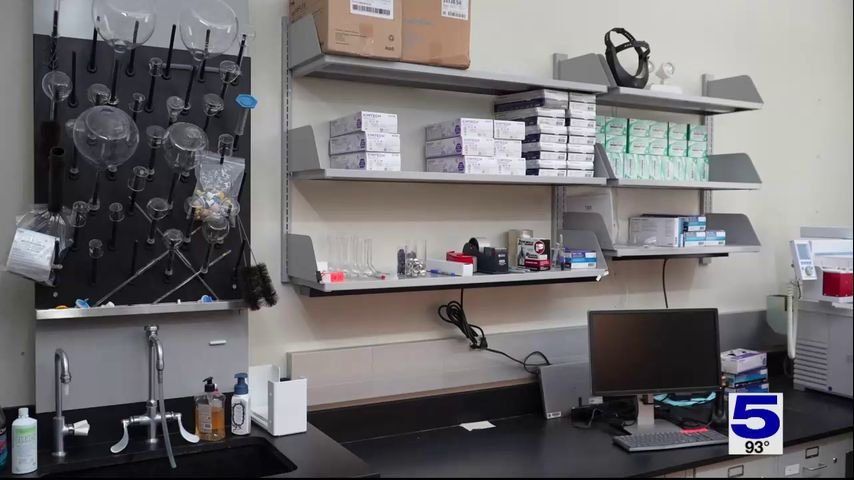Inside the Weslaco Crime Lab: Addressing the Backlog of Evidence Analysis
The Rio Grande Valley’s fight against crime hinges significantly on the efforts of the Texas Department of Public Safety (DPS) and its evidence analysis arm located in Weslaco. Recently, Channel 5 News provided an exclusive tour of the crime labs, highlighting the critical role they play in the judicial process and the burgeoning backlog facing this vital institution.
The Role of the Crime Lab
The Weslaco crime lab serves as the investigative backbone for the region, processing evidence collected from various crime scenes and law enforcement seizures. According to Jose Zuniga, the lab manager, "Our role ultimately is to provide facts to the case." These facts are crucial for prosecutors and law enforcement agencies aiming to build solid cases that can effectively stand in court.
However, the lab’s efficiency is currently being challenged by a significant backlog of cases. Zuniga explained, “The number of cases that we’re completing and releasing are being replaced with new cases that are occurring, so it’s a constant rotation of cases.” This cycle complicates the workflow, often delaying justice for victims and suspects alike.
Implications of the Backlog
The backlog at the Weslaco crime lab has caught the attention of local authorities. Hidalgo County District Attorney, Toribio “Terry” Palacios, noted that this delay can seriously hinder case progress. Occasionally, the county has to resort to private laboratories for expedited tests. However, this comes at a steep cost, ranging anywhere from a few thousand dollars to upwards of $10,000, which can place a financial burden on taxpayers.
Palacios emphasized the urgency of addressing the backlog, stating, “That’s what we want to avoid.” The necessity for swift evidence analysis cannot be overstated; timely results can significantly influence the outcome of investigations and trials.
What Lies Ahead
As the demands on the crime lab continue to grow alongside the increasing rate of cases in the region, officials are searching for solutions to alleviate the backlog. This may involve increased funding, more staff, or potential collaborations with additional private laboratories to ensure that vital evidence does not sit unexamined for extended periods.
Conclusion
The Weslaco crime lab is a cornerstone in the pursuit of justice in the Rio Grande Valley. However, the current backlog raises serious concerns regarding the efficiency and effectiveness of the justice system. Continuous dialogue and solutions are necessary to enhance the crime lab’s capabilities, ensuring it can meet the demands of a changing environment.
For more on this topic, you can explore the Texas Department of Public Safety’s official page here.


